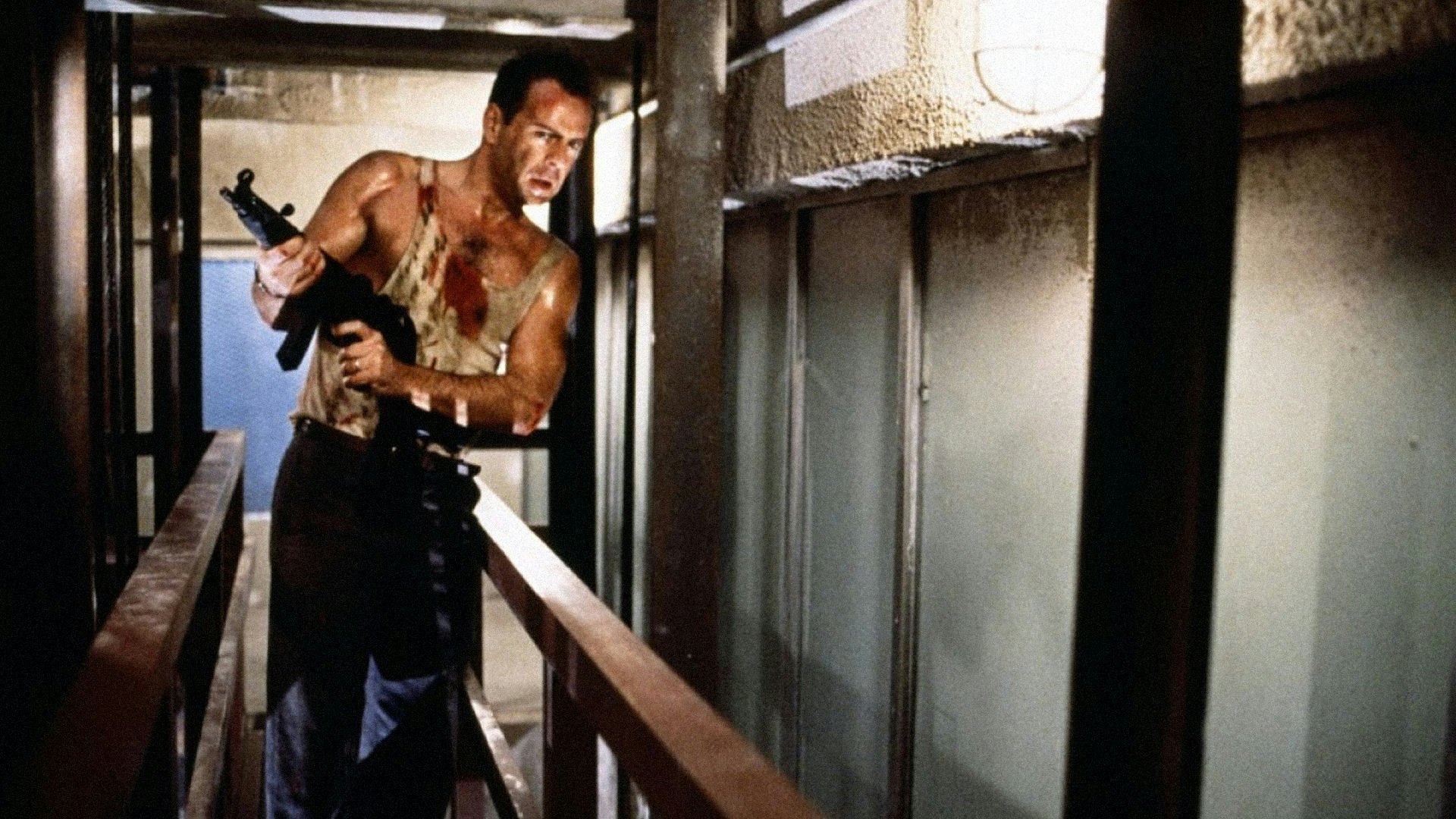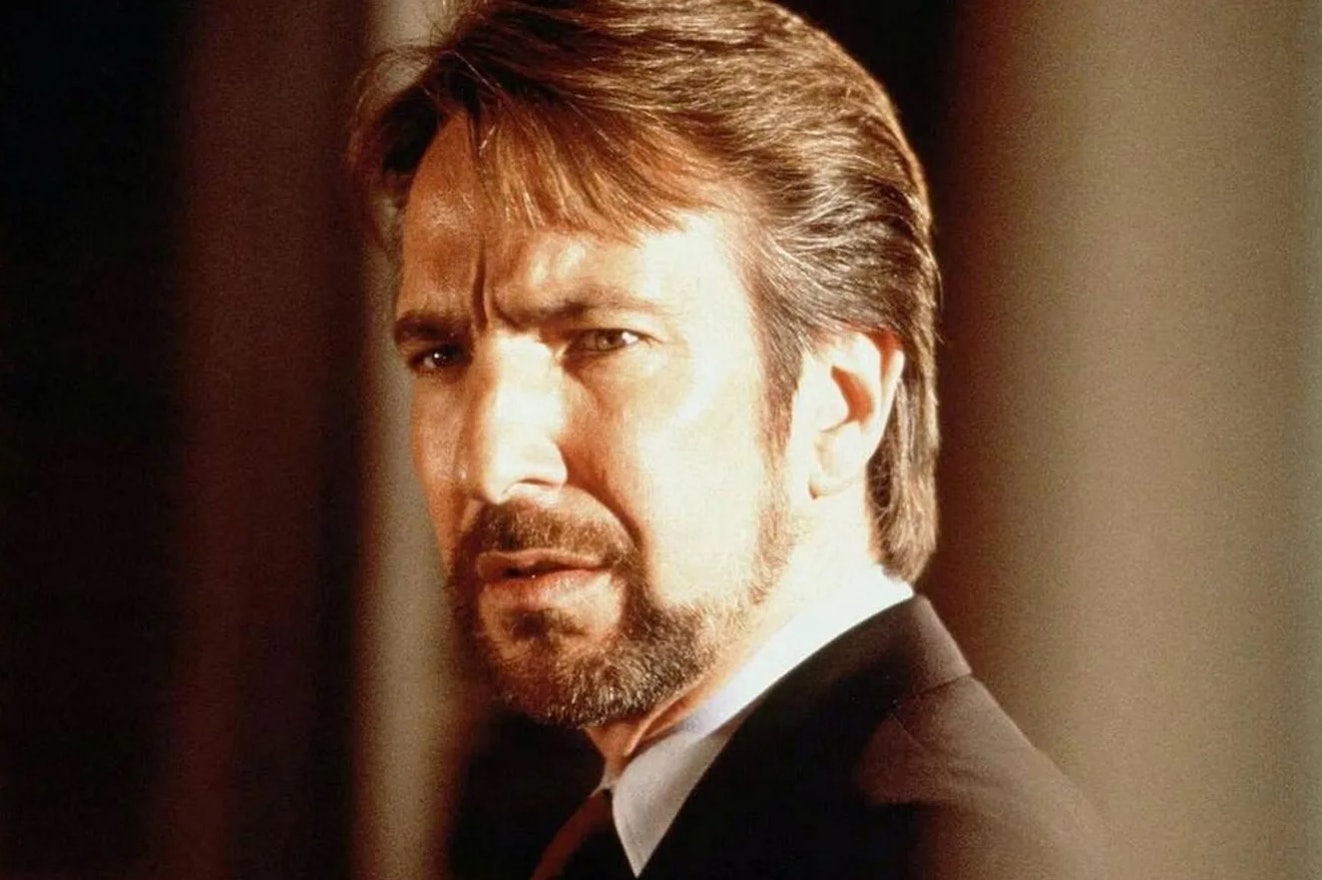
“Is Die Hard a Christmas movie?” is as effective a way to strangle a once-promising conversation as declaring, “Why don’t we go around the room and share our thoughts on abortion?” It’s a memetic non-question, as insightful a thought-starter as yesteryear’s dorks asking, “How epic would it be to put bacon on ice cream?” That you are inquiring at all says more about you than any answer could.
That hasn’t stopped publications ranging from Men’s Health to The Week from weighing in (the former says yes, while the latter vacillates). Publications have made a case “using data.” They have polled the public. They have asked its co-screenwriter, Steven E. de Souza (who says yes), and its cinematographer, Jan de Bont (who says no). This holiday season, The New York Times will presumably send a crack reporter into a confessional booth to ask, “Forgive me, Father, but is Die Hard a Christmas movie?”
The “debate” has become so all-consuming that it’s arguably more groundbreaking to point out the blindingly obvious: Die Hard is a good movie.
That wasn’t obvious in 1988. Arrogant TV pretty boy Bruce Willis getting paid five million dollars to star in the adaptation of a bleak potboiler paperback? Wasn’t Arnold Schwarzenegger available? Nope, and neither was Sylvester Stallone or Mel Gibson, among a multitude of musclemen who sent their regrets. Expectations were low, and Willis, fresh off Moonlighting, was such an unpopular actor that the marketing began emphasizing Nakatomi Plaza. Imagine getting excited to sit down and watch Building Where Stuff Happens.
But Willis, of course, is the reason the film works. Wayward cop John McClane is human — a sharp contrast to the walking, grunting trigger starring in his biggest action competitor that year, Rambo III. He’s nervous. He bleeds. He argues with his ex. It is not out of the realm of possibility that you could look like him if you tried. No one watches a Schwarzenegger movie and thinks, “That could be me if I stop inhaling popcorn at the movie theater.” Schwarzenegger characters are destined to lop heads off, but McClane doesn’t even want to be saving the day. You know he’s going to — it’s a movie — but there’s always a sense that maybe, just maybe, he’ll fail.

And then there’s the opposition. Much has been made of Alan Rickman’s career-defining turn as Hans Gruber, but the arrogant terrorist’s crew is just as compelling. There’s a moment when Al Leong’s Uli, who’s waiting to ambush incoming cops, steals a candy bar from a newspaper kiosk and hastily devours it, giving him more character development than a thousand maskless goons waiting to get mowed down in lesser movies. These are real people John is defeating, not henchmen fresh off the villainous assembly line, and it makes each victory even sweeter.
Like many classic films, Die Hard’s initial reception was mixed. Some critics thought Willis’ performance was one-note, and that his character was too whiny to be an action star. Others poked at plot holes, and complained the relentless violence was “numbing” (there are 23 deaths in Die Hard, which is a statement of pacifism compared to, say, John Wick 4). In a lengthy takedown raging against the imminent death of sophisticated cinema, The New York Times’ Vincent Canby complained that Die Hard, now considered an all-time genre classic, would only appeal to an emerging breed of simple-minded “kidults.” Maybe 35 years from now, critics will laud Avatar and Ant-Man while complaining that contemporary films have been insufferably dumbed down.

But despite Mr. Canby’s objections, Die Hard just kept rolling and rolling at the box office, crushing now-forgotten rivals like Schwarzenegger’s Red Heat and Clint Eastwood’s The Dead Pool to become the seventh-highest grossing movie of 1988, and easily the most profitable action movie. The lesson here isn’t “Ha, those old critics sure were dumb!” but that it’s rarely obvious what’s going to make a film last for generations. Maybe Canby was right when he said Willis, as McClane, wasn’t a convincing tough guy, but that’s why the movie works.
After Die Hard’s success, a generation of action movies would be pitched as Die Hard On a Bus or Die Hard At a Penguin’s Game. Most of them, including Die Hard’s four sequels, would lack the original’s special blend of stunts, snark, and subversion. No one starts tedious arguments about whether Die Hards 2 through 5 are best watched on Flag Day. They’re just bland installments in another generic action franchise, the kind Die Hard was accused of ripping off in the first place.
Die Hard, ironically, was pitched as Rambo in an Office Building, with writer Jeb Stuart given broad creative leeway. The book’s Christmas setting intrigued him; he thought it was a fun change of pace. Maybe Stuart curled the monkey’s paw, but it is part of what makes the movie memorable. The reason we’re still talking about it, though, is that Bruce Willis is worth rooting for. Even the kidults in us can recognize that.







